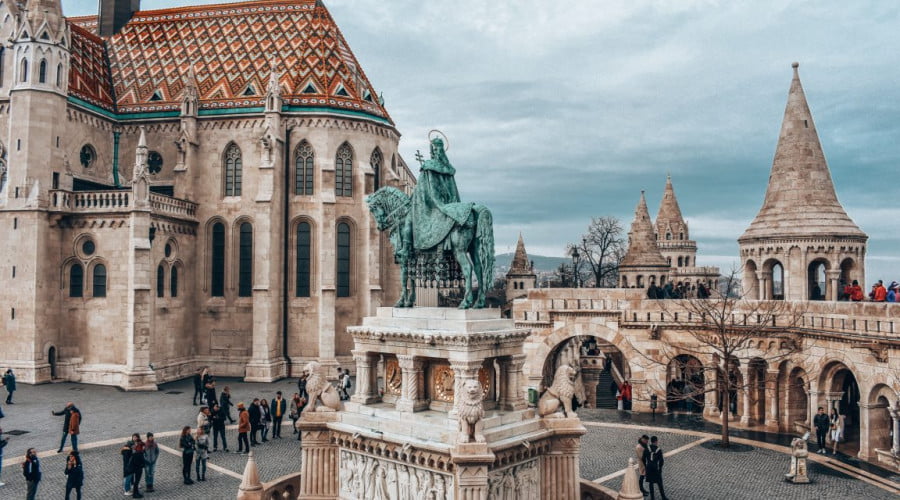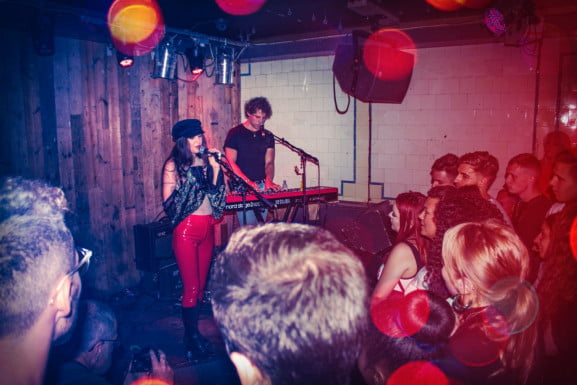The History and Stories of Budapest’s Liberty Square
A scenic square exists in the core of Budapest exactly 300 meters from the Danube River shoreline while battling through turbulent historical events. Visiting Liberty Square has become a prime attraction among all things to see in Budapest today. Liberty and freedom become visible through statues which rest under shady paths and lawns that cover the entire square. During the late 1800’s the present-day Liberty Square served as one of the harshest sites of oppression that Budapest has ever encountered. The combination between historic sites and natural surroundings at this location qualifies it as an essential stop for Budapest visitors.
History of Liberty Square
Situated in Budapest the capital city of Hungary with around two million inhabitants Liberty Square serves as its name describes. The establishment of Budapest began as a Celtic settlement maintaining a lengthy historical past. Since the ninth century the Hungarians have experienced a troubled history which began with Roman imperial rule and followed with Mongolian incursions and later involved both Communist leadership changes and World Wars. Despite its long history the land did not obtain its designated name of Liberty Square until recently.
The Austrians constructed a vast barracks facility at this place in 1786. During the fight for Hungarian independence from Hapsburg rule the barracks established itself as a site of death where Hungarians received imprisonment and execution. The barracks served as a site where Hungarians suffered imprisonment followed by execution including a Prime Minister among those killed. The demolishing of the barracks began under the Austria-Hungary Compromise of 1867 and ended when the space became available for the square during 1897.
For most of the 20th century the square served as a setting where protests and revolutions and wars took place. The structure stands today as both a communist liberation memorial although it continues to house the final remaining communist statue while simultaneously being a symbol of communist freedom through the presence of American president Ronald Reagan’s statue. For the past 250 years the square has combined architectural elements which represent both Budapest and Hungarian history.
What to See Liberty Square:
Ronald Reagan Monument –
The square pays homage to Ronald Reagan because he deserved honor for leading the Cold War to its end and liberating Hungary from Soviet control. Reagan delivered his well-known speech to Mikhail Gorbachev demanding the dismantling of the Berlin Wall. Through his aggressive opposition against the Soviets Reagan pushed forces that ultimately caused the Soviet Union to collapse. The monument has visibility across the World War II memorial which honors Soviet Soldiers who perished in battle.
Memorial to Fallen Soviet Soldiers –
When the Hungarian people finally wanted liberation from Soviet power they had first experienced them as rescuers during wartime. World War II brought Soviet forces into Hungary to fight against the Nazi occupation of the nation. The site remains the sole Soviet tribute within the country while numerous Hungarian citizens despise it and believe its permanent existence is doubtful. One end of the square features this considerable commemorative structure which shows the Soviet hammer and sickle emblem.
The Hungarian National Bank –
The Magyar Nemzetí Bank which is also known as the Hungarian National Bank stands at the eastern area of the square. The bank positions itself as a leading representative of the emerging capitalist practices in Hungary while monitoring inflation and stabilizing interest rates as part of its monetary mandate. The exchange rate significance along with building architecture should matter to anyone viewing this structure but both points might lack interest to the average traveler. The building uses the late classical style architecture to present various financial concepts through limestone carving reliefs on its exterior.
The U.S. Embassy –
Every American visitor staying in this region will find the embassy complex important because it provides assistance with passport needs and other diplomatic services. The building stands out as a remarkable architectural structure. The United States delegation established operations at this building since 1935 when it served as the Hungarian Hall of Commerce. The Embassy was built in 1900.
The Stock Exchange Building –
The Western section of the square stands under the dominance of the Stock Exchange Building. After the Soviet capture of Budapest during 1948 the Stock Exchange transformed into the Hungarian television studio under the design of architect Ignác Alpár. Crosswise from one another the two buildings share identical neoclassical design elements. Alpar achieved international success by creating the Vajdahunyad Castle. The building stands out because of its double massive tower structure at the entrance.
The Monument of German Occupation –
Throughout World War II the population of Budapest survived through one of their most challenging periods under direct German control. The monument remembers both the troubles faced by Budapest residents and all the lives that the Nazis claimed. The sight should be included when you tour Budapest.
Statue of General Harry Hill Bandholtz –
The US General statue shows an official man wearing his military outfit holding his infamous whip. According to local legend the general successfully fought off Romanian thieves who attempted to steal from the Budapest Museum. The Hungarian and Romanian populations maintain different viewpoints about the statue which was dedicated in 1936. The riding crop used in that instance has become part of the museum Bandholtz protected.
Other Sites of Interest –
The square is a mix of historical, commercial, and residential. There are also several restaurants, like the Hutte Café Terrace directly in the center of the square. Complete with waterworks, fountains, walkways, and monuments throughout. There are play areas for kids, and if you come at the right time, you might find an exciting concert or festival in progress.
When visiting a place like Hungary, there are numerous points of interest that can draw in tourists. Simply put, there are plenty of things to do in Budapest. But there might be no better way to truly take in the city than by spending some serious time in a place like Liberty Square. Instead of running through and chaotically snapping pictures just to prove you were there, consider slowing down and taking a stroll. Take time to consider Budapest history. Examine the detail of the stunning architecture in the buildings around you. Breathe the fresh air of the Danube while relaxing in a café. Liberty Square is Budapest in a nutshell. Consider spending some time here when you visit Budapest. To explore Budapest in person, join us on the Original Free Budapest Walking Tour, or check out one of our Private Group Tours.
Table of Contents



